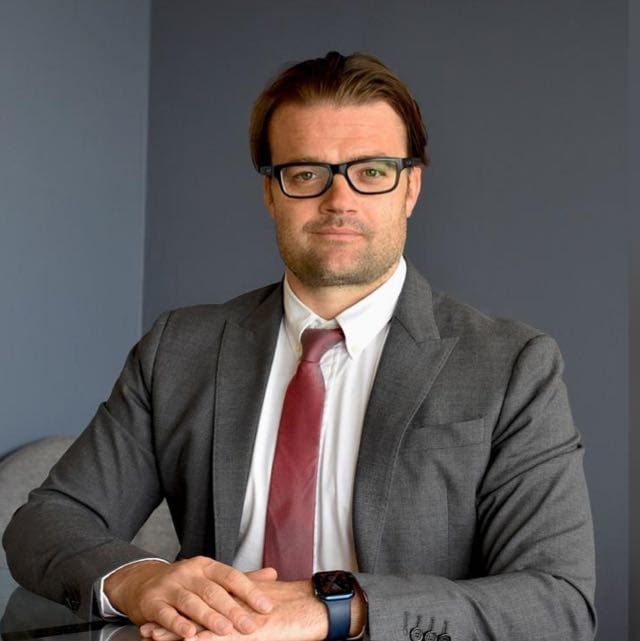Precedent-setting ruling on recognition of alternative conversions in Israel
In a dramatic judgement, the Supreme Court recently ruled that those who have undergone alternative (Reform or Conservative) conversion in Israel will be recognized as Jews and will be subject to the Law of Return.
The Supreme Court ruling essentially allows recognition of alternative conversions – those conducted in Israel but not defined as Orthodox.
The appeals, which were filed 15 years ago by appellants who underwent conversion in the Conservative and Reform communities in Israel, were accepted by majority opinion. The appellants demanded recognition of their Reform and Conservative conversions conducted in Israel, as well as application of the status granted them by the Law of Return.
It is important to note the judges’ emphasis in their ruling that it applies to the civil-public question of the status granted the appellants under the Law of Return, and that the Court is not ruling on the religious question of who is a Jew.

Recognition of alternative conversions conducted in Israel
Before the current ruling, the Interior Minister recognized conversions that were conducted by Reform and Conservative communities abroad, with the converts from these communities eligible to make aliya under the Law of Return. The new ruling states that even if the conversion is conducted in Israel, the converts can obtain citizenship under the Law of Return.
The judges explained that after waiting than 15 years for the legislative branch to act on this issue, to no effect, and given that the issue affects the rights and status of the appellants and many more like them, they had no choice but to make a judicial ruling.
The decision was made a majority vote, supported by 8 of the Supreme Court justices –President Esther Hayot, Neal Handel, Uzi Fogelman, Yitzhak Amit, Dafna Barak Erez, George Karra, Anat Baron and David Mintz against the dissenting vote of Justice Noam Sohlberg, who agreed with the decision but held that the ruling should take effect with a delay of 12 months from the establishment of the next government.
In the Interior Minister’s response to the appeals, he did not respond to the core issue; he did not even claim an essential difference between the governmental Orthodox conversion and the conversion, also performed in Israel, in the Reform and Conservative congregations. Moreover, for purposes of the Law of Return, the Interior Minister already recognizes conversions conducted in these congregations abroad.
In their decision, the judges also noted that the non-Orthodox congregations in which the appellants converted are based in Israel, with a Jewish identity and fixed community management frameworks: “The conversion process in them is done by a religious entity who is certified to do so in the community he serves, according to set standards. These congregations, as already ruled, are ‘part of the central streams of world Judaism’ … as long as the legislative body has not determined otherwise, anyone converting in a Reform or Conservative congregation in Israel should be recognized as a Jew regarding the Law of Return.” The Supreme Court emphasized that its decision does not come to prevent the Knesset from adding to or changing the concept of conversion in the Law of Return.
Supreme Court President, Justice Esther Hayot, said, “The purpose of the Law of Return is to encourage every Jew – whether born as a Jew or someone who chose to join the Jewish People via conversion – to make Aliya and settle in Israel. The recognized Jewish community test fulfills this purpose, and at the same time it is an objective test of public recognition for the conversion process so as to ensure that the recognition is egalitarian and focusing on the community, and not on the geographical location where the convert underwent conversion.”
In her arguments, Justice Dafna Barak stated, “the question of ‘who is a Jew who converted’ regarding the Law of Return, which has been laid before us and on which we are required to rule, is not a religious question, but rather a civil-public one.”
Justice Baron ruled: “An affirmative answer to this question is required by previous rulings issued before this Court, where it was determined that the Chief Rabbinate does not have a monopoly on recognizing someone who underwent a conversion process as “Jewish” in terms of the Law of Return. We do not find a clear reason in the respondent’s arguments before us that there should be a different law for someone belonging to a Conservative or Reform congregation, as long as the person underwent an organized conversion process in Israel in a recognized Jewish congregation.”
History of abstention
The Law of Return, which was passed in 1950, shortly after the establishment of the state, defined who is a Jew eligible to make aliya to Israel from anywhere in the world and receive citizenship, and who is not — in this context, which descendants of Jews would be eligible, who would not be after converting to another religion, and on the basis of what criteria.
The law announced, already in Section 1, that “Every Jew is eligible to make aliya” but intentionally did use the Orthodox rabbinate’s definition of the concept “Jew”.
Recognition of alternative conversions conducted in Israel
The issue of citizenship and the halachic question arose as early as 1962, when the Supreme Court ruled in Rufeisen v. the Interior Minister (72/62) that someone born to Jewish parents and converted to Christianity was not eligible to make aliya and receive Israeli citizenship under the Law of Return. This was despite the fact that from a halachic perspective, a Jew remains Jewish even if he converts to another religion.
In 1970 the Knesset amended the Law of Return, adding Section 4b which states that “for the purposes of this law, ‘a Jew’ is someone who was born to a Jewish mother or converted, and does not belong to another religion.” Thus the Knesset chose not to add a specific definition to the term “converted” such as “by halacha” or “according to the Chief Rabbinate”, instead leaving the term open to interpretation.
Court rulings
The Supreme Court has since heard many cases dealing with precisely this interpretation, and time after time has called on the legislative body, that is, the Knesset, to say its piece, but in light of various political conditions, the Knesset has repeatedly declined to deal with this.
In accordance with the Supreme Court’s ruling, in 2005 the Interior Minister began to recognize conversions conducted in Reform or Conservative congregations abroad, but not in Israel. After the Supreme Court rejected these appellant’s plea, they appealed to the Court to determine whether they were eligible for citizenship under the Law of Return. In parallel the Court also outlined who is outside this definition, including messianic Jews (Supreme Court Beresford 265/87). The Court determined that a messianic Jew is in fact Christian and therefore he is a member of another religion who, according to the Law of Return, is not eligible for aliya after converting out of the Jewish religion.
In this regard it is important to mention the Zavidovsky ruling (Supreme Court 10226/08). In this case a woman born in Israel to two Holocaust survivors, who had converted to Christianity of her own free will and renounced her citizenship, applied to make aliya years later. In accordance with the preceding rulings on this issue, the Court ultimately decided that Zavidovsky converted out of Judaism of her own free will and therefore is not eligible to make aliya and receive citizenship under the Law of Return.
For 15 years the Court waited for the Knesset to decide the question of interpreting who is a Jew, but the lawmaking body declined to touch this political hot potato, and the Court was finally forced to come to a decision.
In reality, despite the understandable media and political noise created, the ruling brings very little innovation. It relies on the 2016 Rogachova ruling (Rogachova v. the Interior Ministry 7625/06) in which the Court recognized a conversion in a recognized Jewish congregation according to the accepted standards of that congregation, a decision issued a decade after the appeal was filed. “A recognized Jewish congregation” was defined in that ruling as a congregation with a “shared, established and fixed Jewish identity”.
A significant change in the Law of Return
The Conservative and Reform congregations discussed in the appeal are congregations based in Israel, with a known, shared Jewish identity and fixed frameworks for community management. Therefore the decision was made in accordance with the test determined in the Rogachova ruling.
The decision, it must be said, deals only with a person’s right to make aliya under the Law of Return or the rights of those who have already made aliya, and to receive Israeli citizenship. The recognition of who is Jewish and the recognition of eligibility under the Law of Return will continue to undergo further transformations, but there is no doubt that the High Court’s statement in its ruling is significant.
In our offices you will find attorneys specializing in issues of aliya and immigration who will be happy to advise you or meet to discuss any question or legal proceedings.
מאמרים מומלצים

